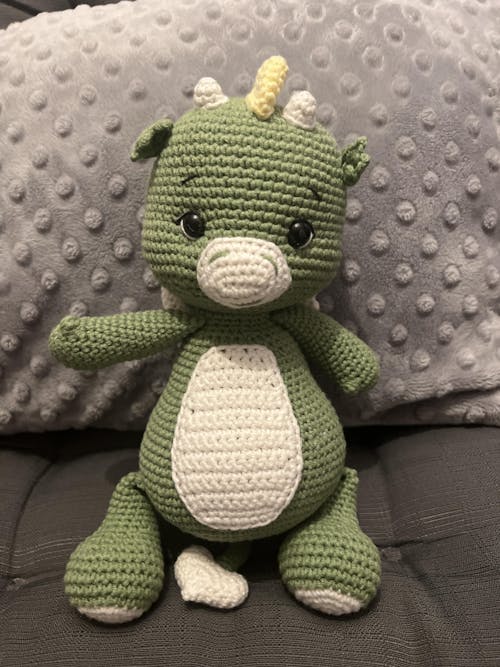Why Certification Matters for Handmade Crochet Toys in Europe
Share
Certification holds significant importance for handmade crochet toys in Europe due to several crucial reasons:
Ensuring Safety and Compliance
-
Legal Requirements: In Europe, particularly within the European Economic Area (EEA), handmade crochet toys are classified as toys under the Toy Safety Directive (2009/48/EC). This directive mandates that all toys placed on the market must meet specific safety requirements and bear the CE marking.
-
Consumer Protection: Certification ensures that crochet toys comply with rigorous safety standards designed to protect children from potential hazards such as choking, ingestion of harmful substances, or strangulation risks. This protection is crucial for maintaining consumer confidence and trust in the safety of products.
Access to the European Market
-
Market Access: The CE marking is a passport that allows handmade crochet toys to be sold and distributed freely within the EEA. Without this certification, products may face legal barriers and restrictions that limit market access.
-
Competitive Advantage: Having CE certification distinguishes handmade crochet toys as compliant with high safety standards, potentially providing a competitive edge over uncertified products in the market.
Compliance with Standards
-
EN 71 Standards: The EN 71 series of standards specify requirements for the mechanical, physical, and chemical properties of toys. These standards cover aspects such as durability, flammability, chemical composition (e.g., restrictions on heavy metals and phthalates), and packaging requirements.
-
Risk Assessment: Certification involves conducting a comprehensive risk assessment to identify potential hazards associated with crochet toys. This process ensures that appropriate measures are taken to mitigate risks and enhance product safety.
Building Trust and Reputation
-
Consumer Confidence: Displaying the CE marking on handmade crochet toys signals to consumers that the products have undergone thorough testing and comply with stringent European safety standards. This assurance fosters trust and encourages purchasing decisions.
-
Brand Reputation: Compliance with certification requirements demonstrates a commitment to quality and safety, contributing to a positive brand reputation and fostering long-term customer loyalty.
Steps to Certification
To achieve CE certification for handmade crochet toys in Europe, makers typically follow these steps:
- Understand Requirements: Familiarize yourself with the Toy Safety Directive and EN 71 standards applicable to crochet toys.
- Conduct Testing: Engage accredited laboratories to perform tests according to EN 71 standards, including mechanical, chemical, and flammability tests.
- Compile Technical Documentation: Prepare a technical file documenting product specifications, test results, risk assessments, and the Declaration of Conformity (DoC).
- Affix CE Mark: Once certified, affix the CE marking visibly and legibly on the product or its packaging as proof of compliance.
Conclusion
Certification matters significantly for handmade crochet toys in Europe as it ensures compliance with stringent safety standards, facilitates market access, builds consumer trust, and enhances product reputation. By prioritizing certification, makers can demonstrate their commitment to safety and quality, thereby promoting the safe enjoyment of crochet toys by children across the European market.


















